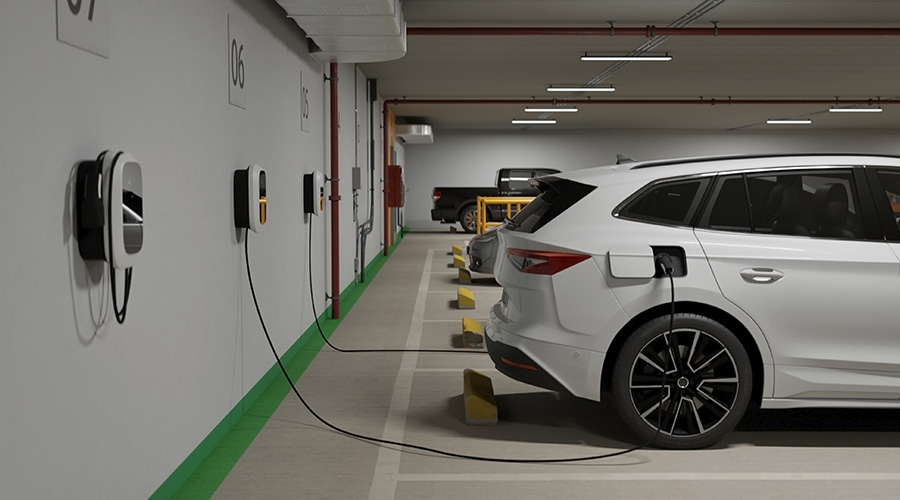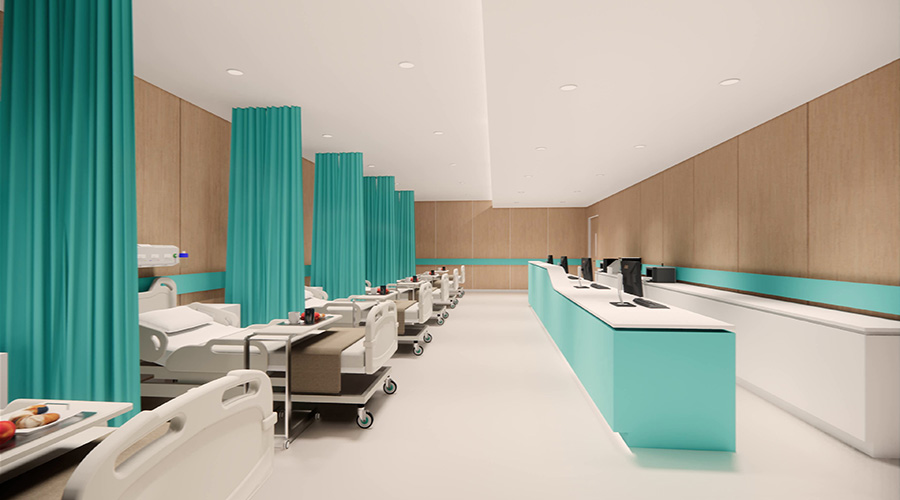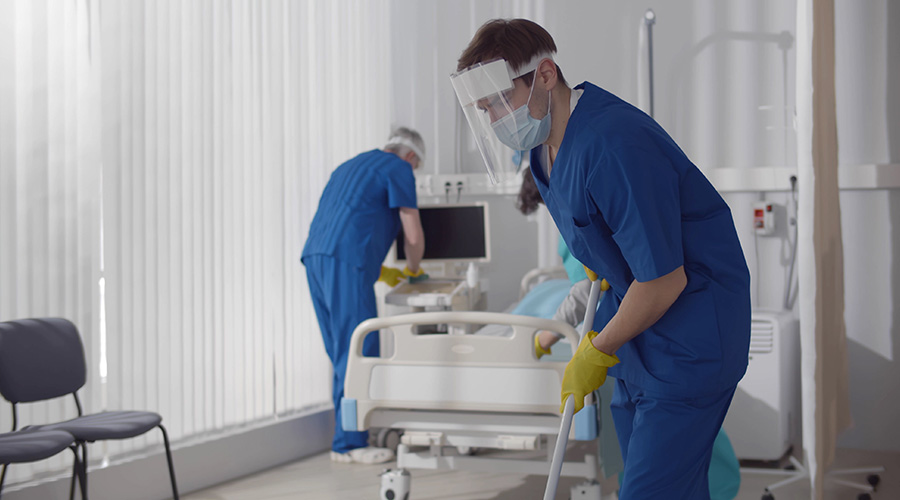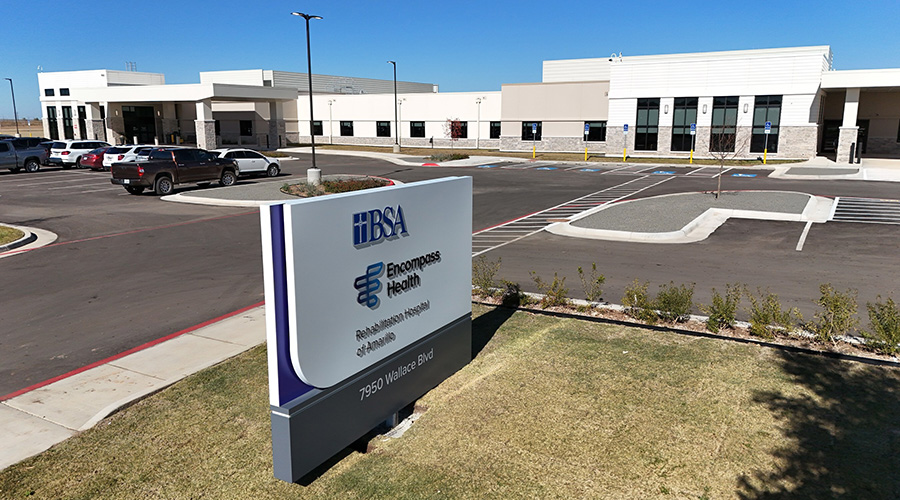Directing patients from the parking garage to their doctor’s office is a complex task, and it’s not made easier by the misconceptions around it. For instance, more signs not always right direction in wayfinding according to an article in the July issue of Healthcare Design.
For new construction, graphic designers and architects can work together from the beginning to develop an intuitive flow that relies on color and texture as much as signage to bring patients to their destination. But a building that is decades old, with many additions, may not offer easy solutions.
Chris Bowles, a senior graphic designer at Stanley Beaman & Sears, told the magazine that he favors an “onion peel” approach, first steering visitors from the garage to the right elevator, then to the right floor, right department, and finally the office they need.
Signs, like conversation between friends, should avoid too much information. They need to be simple and avoid industry jargon – spell out “intensive care unit,” for instance, rather than assuming visitors will recognize “ICU.”
If the goal is to improve wayfinding in an older facility, wholesale architectural changes may be too expensive to undertake. Nevertheless, other changes are possible besides adding more signs – a new paint scheme, for instance, may also signal to visitors that they have arrived at a their department.
Art on the wall, or benches in the hallway, do not automatically become helpful landmarks, experts say. Such elements have to be carefully positioned to avoid competing with one another. Ideally, the wayfinding plan works with interior design to create a harmonious, three-dimensional environment.
Read the article and view the image gallery.

 EV Charging Stations: Planning for Safety, Convenience, Expansion
EV Charging Stations: Planning for Safety, Convenience, Expansion Why Ambulatory Surgery Centers Are Turning to Dedicated HVAC Systems
Why Ambulatory Surgery Centers Are Turning to Dedicated HVAC Systems Ground Broken on UW Health University Row Medical Center
Ground Broken on UW Health University Row Medical Center Better, More Thorough Cleaning Saves Lives
Better, More Thorough Cleaning Saves Lives Encompass Health Opens the Rehabilitation Hospital of Amarillo
Encompass Health Opens the Rehabilitation Hospital of Amarillo